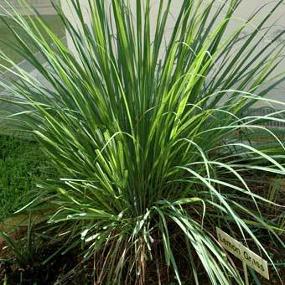Build it Back Greenbushfires
Fire Resistant Gardens
 Gardens
Gardens
It is important to consider plants as part of any plan to protect a property against bushfires. To make a garden as safe as possible, selection of plant species is as important as garden design. While no plant is fireproof, many have features that minimise the extent to which they contribute to the spread of fire. Suitable species can be planted as bushfire screens to protect buildings from wind and radiant heat.
Plants
Fire-resistant plants have high moisture content, high levels of salt and low levels of volatile oil in their leaves. They can absorb more of the heat of the approaching bushfire without burning. Plants with broad, fleshy leaves burn less readily than those with fine, hard leaves. Plants with dense foliage are preferable to those with open, airy crowns, while plants that don't retain dead material are better than those that hold up a lot of fuel. Trimmed cypress hedges, for example, are an extreme fire hazard.
It is important that fire-retardant plants be properly maintained with regular watering so they retain a lot of moisture in their leaves. They should also be regularly pruned and have dead material removed.
Vegetation
Ensure that vegetation does not provide a path for the fire to spread to your house. Spread your plants so they do not form a continuous canopy. Do not plant species directly up against buildings. Also, do not have dry mulch too near to your home because it can carry fire to your door.
Trees
Eucalypts, callistemons and melaleucas have high levels of volatile oil and burst into flames on heating, increasing fire intensity. They should not be grown close to buildings. Introduced deciduous and evergreen hardwoods have the lowest amount of volatile oil. Trees with loose, fibrous or stringy bark should be avoided because this can easily ignite and encourage fire to spread through the crown of trees. Fire-retardant trees can trap embers and sparks and reduce wind speeds near your house if positioned correctly.
Ground covers
Low-growing plants and ground covers are better than shrubs. Fire-retardant ground covers can be used to slow the travel of a fire through the litter layer.
Suppliers
Listed suppliers are a guide and are not endorsed by Green Cross Australia or the Alternative Technology Association.


